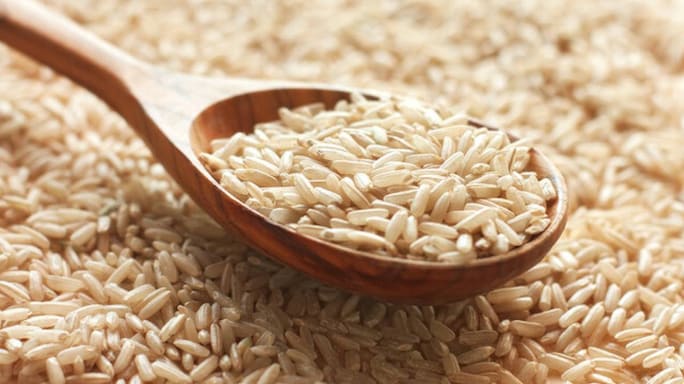- HOME
- /
- Better Living
- /
- Food
- /
Health On Your Mind? Switch To Brown Rice Now
This nutty wholegrain food is packed with nutrients you will not get in your polished white basmati
 Photo: Shutterstock
Photo: Shutterstock
Brown rice has gained much popularity across the world owing to its many health benefits. With more health-care practitioners and nutritionists recommending it as part of a complete diet, this wholegrain is slowly but surely becoming a pantry staple in Indian households. This nutty rice with a bite can be used in all kinds of cooking—from salads and stir-fries to all-time classic dishes, such as biryani, khichdi and puddings. Here’s a look at what makes this rice a great addition to your meals.
How is it different from white rice
Brown rice (brown owing to the natural colour of the grain) is considered a wholegrain because it contains three edible components—the bran, the germ, and the endosperm (the inedible hull is removed). White rice loses the fibrous bran and the nutrient-rich germ during the polishing process.
All that’s good in this grain:
1. Although rice is considered a food with high glycaemic index (GI)—GI suggests how quickly and how much a food raises your blood sugar levels after consumption—brown rice has a relatively low GI. “Low GI foods have a rating of 55 or less, medium GI foods are 56-69, and high GI foods are 70-100. The average GI for brown rice is low at 55, whereas the GI for white rice is higher at 64,” says Harvard T.H. Chan School of Public Health (HSPH).
2. Brown rice is an excellent source of fibre. While describing the nutritional benefits of wholegrains, HSPH says fibre helps lower cholesterol as well as move waste through the digestive tract. “Fibre may also help prevent the formation of small blood clots that can trigger heart attacks or strokes,” it says. Some studies have also suggested that replacing white rice with wholegrains can help lower the risk of diabetes.
3. Brown rice is packed with nutrients such as magnesium, manganese, vitamins B1 and B6, selenium and phosphorus. It also contains phytochemicals, compounds that lend the rice its anti-diabetic, anti-cholesterol and antioxidant properties.
Food for thought
Even though this wholegrain is high in nutritional value, it is still consumed less as compared to white rice mainly because it takes longer to cook and doesn’t have the texture you associate with white rice. However, due to its earthy and nutty flavour, it has made its way to restaurant menus. Experiment with this wonder grain—in breakfast bowls, salads, desserts and more—to get the most out of it.






